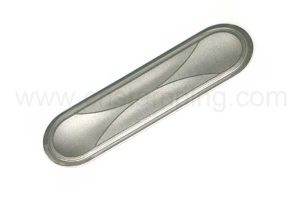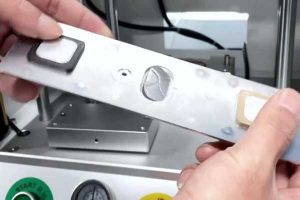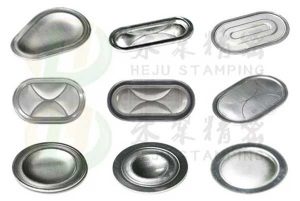How to Ensure Safety When Lithium Batteries are Charging Faster?-Prismatic Lithium-ion Battery Safety Vents Manuafcturer
For those following the new energy vehicle sector, it’s evident that companies are prioritizing fast charging and long battery life in their technical advancements. A few manufacturers have even introduced battery-swapping technology. Fast charging has become a standard feature in today’s electric models, a testament to the industry’s commitment to safety and efficiency.
For example, Ideal MEGA is equipped with CATL’s Kirin battery, which can already achieve a 5C rate charging, meaning it can charge at a rate five times its capacity. This allows it to charge from 10% to 80% in 12 minutes. Similarly, Jikrypton’s new 001 Kirin battery version has a maximum charging rate of 4C, charging from 10% to 80% in 15 minutes. These high charging rates are impressive, but they also raise concerns about battery safety, which we will address in this report.

Nowadays, 400V and 800V high-voltage fast charging technology has gradually become a standard feature of major car companies. The American Advanced Battery Alliance first proposed the meaning of fast charging for fast-charging power batteries, which requires 80% of the battery to be fully charged in 15 minutes. According to the formula P=U×I, there are three main ways to increase the charging speed:
- The current remains unchanged, and the voltage increases. While the current remains the same, the power is increased by increasing the voltage, resulting in faster charging.
- Keep the voltage constant and increase the current. When the voltage remains constant, the power is increased by adding current.
- Both voltage and current increase. While the voltage remains unchanged, by increasing the voltage and current, the power is significantly increased, and the charging speed is accelerated.
It’s crucial to note that power batteries can experience increased loss as the number of charging cycles rises. This is particularly true for high-power fast charging, which can lead to a rise in the battery’s internal temperature. Safety is paramount in these situations, as thermal runaway is the most severe and frequent safety concern in new energy vehicles.

The prismatic lithium-ion battery safety vents in electric vehicles are a critical safety components used in battery modules or energy storage equipment. Its primary function is to monitor the pressure and temperature inside the battery. When these values exceed the set limit, the valve will rupture and release the pressure, preventing the battery from being charged, discharged, or behaving abnormally. This valve plays a crucial role in preventing explosions, a significant safety concern in new energy vehicles.
However, the explosion value of the prismatic lithium-ion battery safety vents are usually determined through engineering design, and the specific value will vary according to different battery types and design requirements. The selection of the burst value needs to be determined based on the specific battery type and usage scenario. Generally, factors such as the maximum charging and discharging pressure of the battery, as well as temperature rise and current, should be considered. The selection of explosion value also needs to consider the manufacturing process and material characteristics of the explosion-proof valve.
However, as the number of new energy vehicles continues to increase and the production cost of batteries gradually increases, there are more and more types of EV battery ventings. The stringent requirements of battery manufacturers, such as high burst pressure and temperature resistance, will also make it difficult to find battery safety vents manufacturers that can match them. This challenge in finding suitable safety components further underscores the complexity of ensuring battery safety, which we will delve into in this report.

Dongguan Heju Precision Electronic Technology Co., Ltd. is a leading player in the production of prismatic lithium battery safety vents for new energy vehicles. As one of the earliest companies in China to develop and produce these battery vents, we have a wide range of models and specifications, with a single unit pressure range of up to 0.03MPA. Our CPK>2.0. We work closely with customers in product development and have passed the three major certification systems: ISO9001, ISO14001, and IATF16949. We are proud to serve well-known domestic battery companies such as Sunwoda, Zhongxin Aviation, Guoxuan Hi-Tech, Haichen Energy Storage, Zhengli New Energy, Ruipu Lanjun, etc., with a daily production capacity of one million to meet your production needs.
